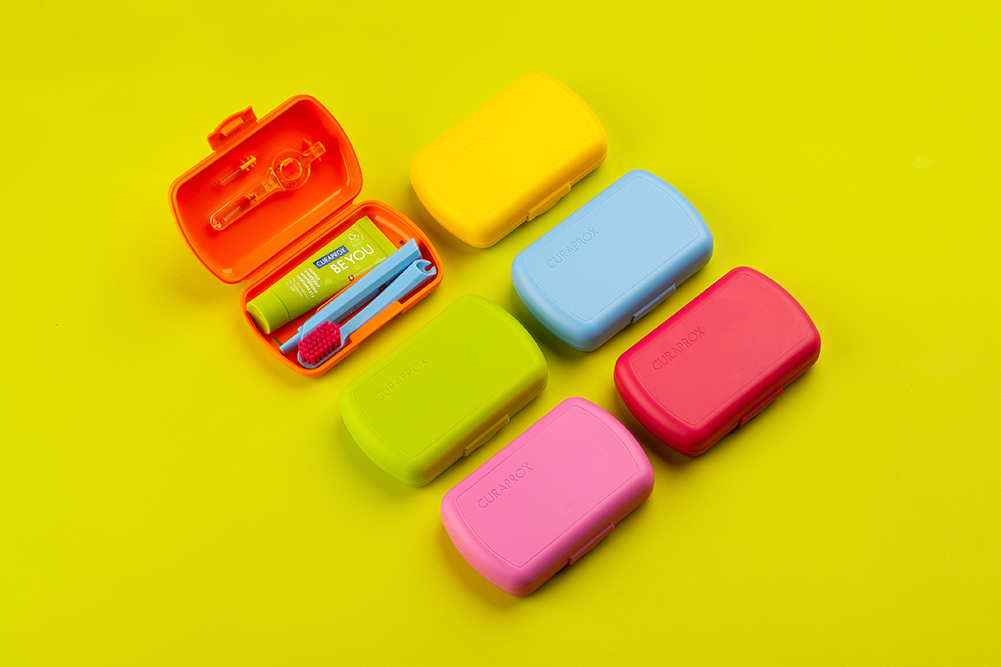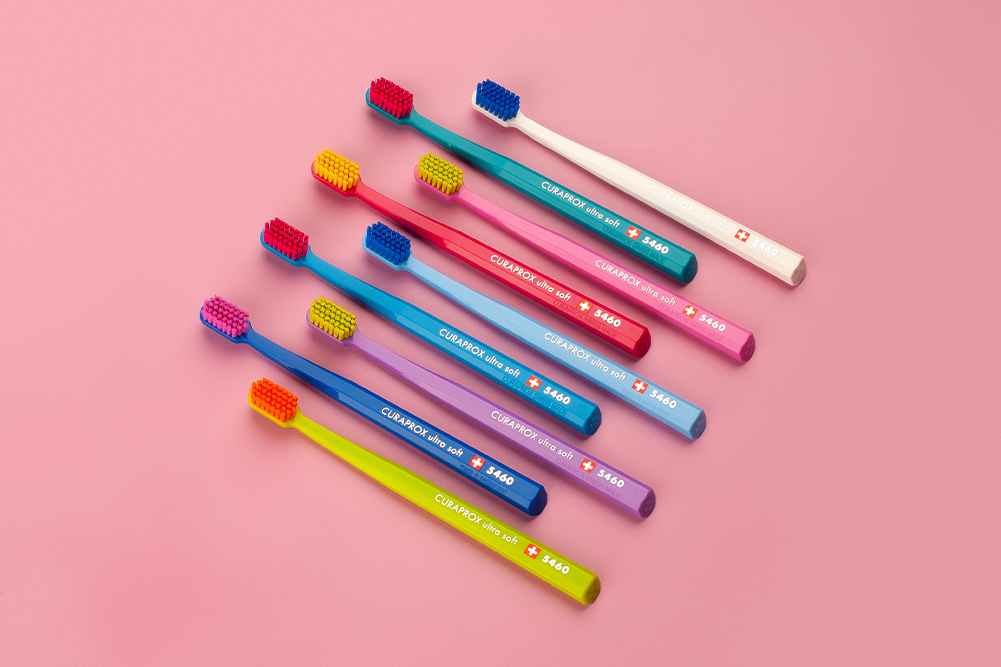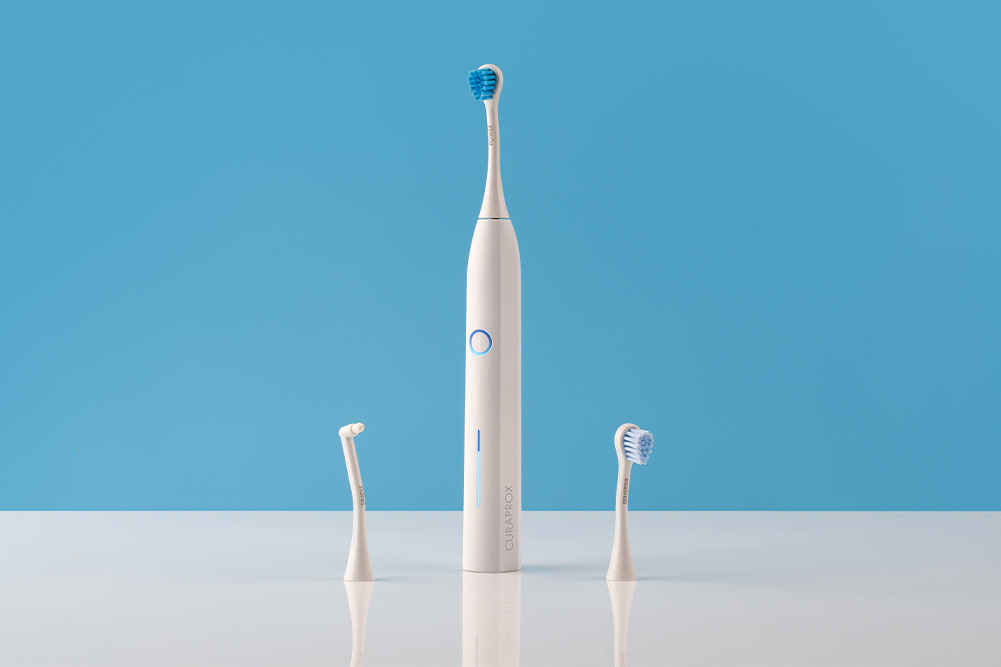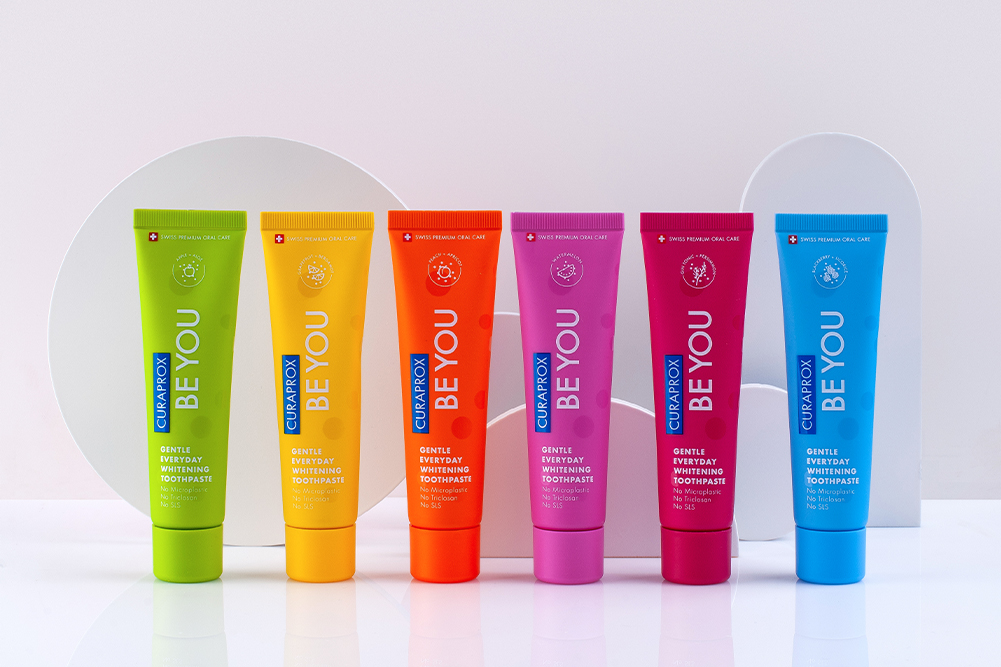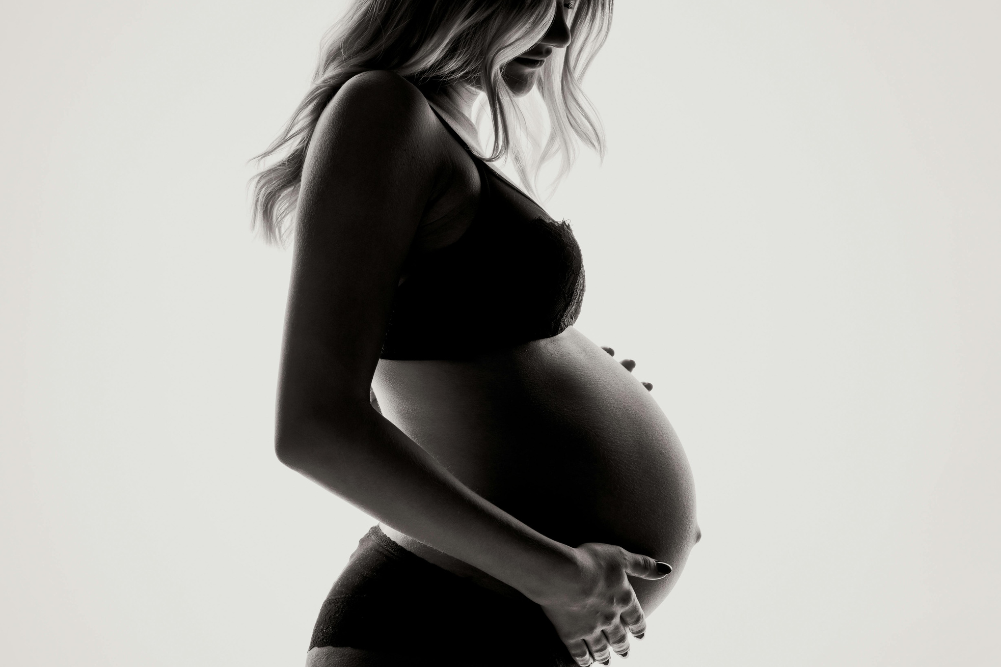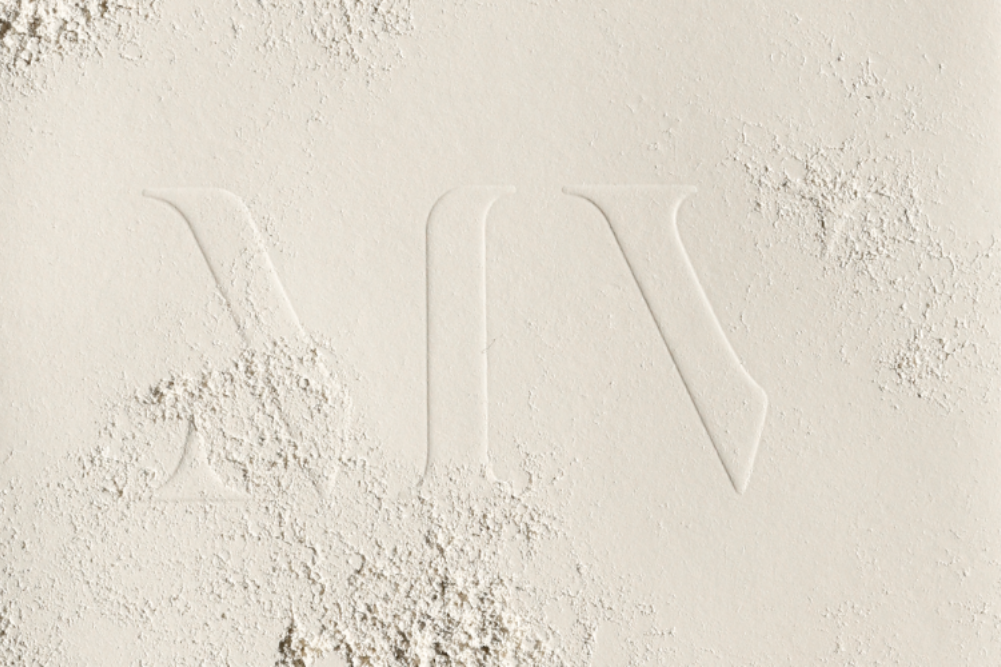Ayurvedic beauty
Known as the traditional Indian medicine, a holistic health care system and a philosophy that promotes longevity and enhances life, Ayurveda – derived from Sanskrit words, Ayus or life and Veda, meaning science or knowledge – is often referred to as the ‘mother of all medicine’. Over 2500 years old, Ayurvedic medicine is still widely used today for its profound benefits for one’s physical, emotional, and spiritual wellbeing. Ayurvedic treatments incorporate rejuvenation therapy, vitamin supplementation, massage, meditation, body care, diet, colour therapy, exercise, yoga, surgery and herbal medicine.
Ayurveda teaches that beauty, health, happiness and longevity are achievable only by understanding how all aspects of one’s life contribute to bring about balance to the body and mind. Therefore Ayurveda promotes ‘beauty’ as a marriage of physical, emotional and spiritual health. As Ayurvedic doctor, Dr Rama Prasad explains, “internal balance creates external radiance”. The focus is not only on the cosmetic, but also on cultivating physical health, strength of mind, wisdom and achieving an inner calm and contentment. These qualities give a person an ageless vitality, magnetism and radiance that no amount of cosmetics can replicate. Skincare treatments take on a deeper meaning as nurturing the body, and the skin, with massage, essential oils and Ayurvedic herbs offer both therapeutic and cosmetic benefits.
Prakruti
According to Ayurveda, each person is born with his or her own prakruti, which means innate character. Determining your prakruti helps you understand your unique set of qualities and what treatments are required to bring your body into balance and manifest your inherent beauty. This prakruti is your basic constitution and like a blood group does not change throughout your life. Your constitution is made up of a combination of the three doshas, namely vata, pitta and kapha. These three are the dynamic forces, which make up the elements of the universe and are found in all living beings, with the only difference being the degree of interaction of the doshas.
The doshas themselves are combinations of energy we name the five elements. Vata is a combination of air and ether. Vata dosha controls blood flow and the elimination of wastes, breathing and the movement of thoughts across the mind. Pitta is a combination of fire and water. It is responsible for heat, metabolism, and energy production and digestive functions of the body. Kapha is a combination of earth and water. It is responsible for physical stability, proper body structure and fluid balance.
Every person has some amount of each element inside of him or her. What makes a person unique is the amount of each element they have and this determines their personality and physiology. A person may be predominantly pitta with vata secondary, or pitta with some kapha. The unique characteristic of vata is dryness, pitta heat, kapha, and heaviness. So, if there is a lot of dryness in the body, vata energy is high. This may manifest in dry skin, dry hair, brittle nails, cracked lips or internal dryness resulting in constipation. When there is excess heat, pitta is high creating oily skin and hair, acneous skin, skin sensitivities and inflammations or hot temper. When there is excessive heaviness, extra kapha energy is present, making for excess weight, and oiliness of the skin, water retention, swelling, puffiness and cellulite.
All Ayurvedic treatments, including skincare, herbology and diet, are designed to help return these forces to a harmonious balance, ideally back from vikruti (diseased state) back to your prakruti. The imbalance of the doshas is viewed in Ayurveda as the underlying cause of all physical, mental and spiritual problems. “When all the tissues and elements are in harmony one attains ‘sarva sara purusha’ – or perfection,” says Dr Prasad.
To determine what constitution you have, it’s best to see an Ayurvedic doctor, who will determine through taking your pulse and getting a detailed history. Although you may get some idea through the physical characteristics of each listed below.
Digestion
According to Ayurveda, it is proper digestion and assimilation of our food, alongside efficient disposal of wastes that are essential for beautiful skin and hair. To promote good digestion: eat smaller meals; sip warm water with your meals, minimise snacking in between meals as the digestive system needs to rest; steaming veges or sautéing them briskly can help make foods easier to digest. Dr Prasad says, “The old phrase, ‘drink your solids and eat your liquids’ is vital to promote and empower agni, as saliva is the first agni juice that helps food digestion”. Herbal medications and digestive enzymes, can aid digestion for periods of time until agni is balanced.
Generally speaking, an Ayurvedic diet promotes whole grains and fibre, is low in fat, low in refined sugars and refined carbohydrates, high in minerals, low in animal proteins and rich in vegetable proteins (animal proteins can be hard to digest and stagnate the system – best eaten when made more digestible with spices such as garlic, ginger, cumin, cayenne, and black pepper or cooked slowly in stews and soups) Milk can be made more digestible by warming it a little with spices (raw milk is preferable). Dr Prasad suggests adding a pinch of turmeric and ginger to twice-heated milk. All beans, nuts and seeds should be soaked to aid digestion and get rid of anti-nutrients. An Ayurvedic diet avoids the use of strong stimulants such as coffee.
Sleep
Getting a good night’s sleep is very important for maintaining healthy, radiant skin. If you have trouble falling asleep at night, try going to bed earlier, as you’ll find it easier to fall asleep during the kapha time of night (6pm-10pm). Avoid sleeping on a full stomach and drink herbal teas that have a natural sedative effect. These include chamomile, passionflower, lemon verbena, valerian, seeds of anise, fennel, and dill.
Meditation and yoga
The regular practice of yoga, including, deep, full breathing, relaxation techniques, practice of the postures and meditation, stretches and tones the skin and muscles, eliminates toxins from the body, relieves stress, increases blood circulation and the flow of energising oxygen through the body. Ayurveda is the healing side of yoga, and yoga is the spiritual tradition from which Ayurveda emerged. Both bring good health to body and mind.
Massage
For many Indian people, massage is a regular part of a daily routine. Massage kick starts the lymphatic system, and aids in the removal of toxins from the body, it increases the body’s resistance to disease by improving immune responses, increases circulation of oxygen carrying blood to the surface of the skin where it improves tone and texture. Dr Prasad says, “Self-massage creates an attitude of self-love essential for health and healing”. If possible try and massage your body every day, even if it is just your feet and the head every second day. The marma (vital) points in the body when massaged give balance to your dosha. Popular Ayurvedic treatments include shiroabhyanga (Indian head massage), and shirodhara where once your body has achieved a balanced state after massage, oil is poured onto the third eye, providing extreme relaxation.
Oils for the massage are blended according to our body constitution (dosha). However sesame oil is meant to be the most tonifying and nourishing oil to use on the body. It is soothing and warming especially on the nervous system. When massaging the body, work towards the heart, and then stroke downwards, pushing toxins toward the colon.
Facial massage: Use a facial oil blend suited to your skin type (see below) and massage onto a damp face using upward circular motions. Tap the face gently, all over, use your middle finger to press down on meridians to help release toxins and improve both circulation and oxygenate the blood. Facial oils are best used at night.
Know your prakruti and vikruti
Vata Prakruti
Vata types are usually thin, fine-pored, darker complexion with a whitish or greyish hue. They are cool to the touch, especially in the extremities (hands and feet) and have skin that is dry or rough and flaky in patches. Their finger nails can be dry, as can their hair and scalp.
Vata Vikruti
Imbalance is signified by lack of tone or lustre in the skin with rough patches, chapping and cracking evident. They can suffer dry rashes, corns and calluses, eczema, brittle nails and frizzy hair with split ends.
Pitta Prakruti
Pitta types usually have a medium frame or are athletic in build. They are fair, peachy, coppery, or freckled in complexion with soft, lustrous and chemically sensitive that is usually blonde or red.
Pitta vikruti
Imbalance shows itself in rashes, inflammation or itching. They usually have an oily T-zone, suffer premature wrinkling and can have a ruddy complexion. Yellow pustular acne, blackheads, white heads and general excessive oiliness can be evident. They may have discoloration of natural pigmentation and have prematurely greying hair that is thinning or balding.
Kapha Prakruti
Kapha types are larger, more powerful and heavier in build with thick, moist pale skin that is soft and cool to the touch. Their body tones and ages well and they may have thick, lustrous hair.
Kapha Vikruti
Imbalance can be seen in dull, sluggish, congested skin with enlarged pores, blackheads or large white pustules or cystic formations. There can be thick, oily secretion on the skin and an oily scalp.
The key to skin types
Vata skin
Vata skin doesn’t retain as much moisture as other skin types. For that reason, adding moisture is your priority. Treatments that are warming, nourishing and toning are best for vata skin.
Herbs – ashwagandha, brahmi, comfrey, cinnamon, fenugreek, haritaki, tulsi, shatavari
Facial oil blend – 20ml unrefined jojoba oil, 20ml wheatgerm oil, 10ml rosehip oil, 5 drops sweet orange oil, 5 drops neroli, 5 drops sandalwood essential oils, 2 drops myrrh essential oil.
Pitta skin
If you have pitta skin, your treatment program should focus on calming your sensitive skin. Preparations that are cooling, cleansing and soothing.
Herbs – amalaki, chamomile, coriander, jasmine, mahabala, manjishta, sandalwood
Facial oil blend – 20ml calendula infused oil, 20ml neem oil, 10ml rosehip oil 5 drops ylang ylang, 5 drops mandarin, 5 drops rose essential oil, 5 drops sandalwood essential oil.
Kapha skin
Proper cleansing is the most important thing you can do kapha skin. Frequent deep cleansing should be the basis of your beauty regimen. Preparations that suit are warming, cleansing and stimulating.
Herbs – ashwagandha, bibitaki, fenugreek, haritaki, neem, eucalyptus.
Facial oil blend – 20ml jojoba oil, 20nl sweet almond oil, 10ml rosehip oil, 5 drops lavender essential oil, 5 drops lemon essential oil, 5 drops geranium, 2 drops clary sage.
Ayurvedic beauty recipes
Here are some wonderful recipes that suit all skin types, although you can substitute ingredients to get a more specific recipe for your dosha.
Cleansing with Ubtans
Traditionally Ayurveda recommends the use of herbal powders called “Ubtans” to cleanse the skin. The powders are mixed with various liquids to form a gritty paste. They are then applied like a very fine scrub to help remove toxins, lift dead skin cells and promote cell turnover. They can be used for both the face and the body. You may also put a few tablespoons in a warm bath to smooth the complexion.
1 tbsp of cosmetic white clay
2 tbsp of fine oatmeal
2 tbsp chickpea flour
1 tbsps goat milk powder
2 tbps sandalwood powder
1 tsp ground cinnamon
1 tsp dried and ground orange zest
pinch of turmeric
Combine ingredients thoroughly and store in an airtight jar. To cleanse: mix 2tsp of powder with 1tsp of wet ingredients (water can be used). For vata skin use whole milk, cream, wheatgerm oil or yoghurt. For pitta mix with yoghurt, buttermilk, or aloe vera juice. For kapha skin, use aloe vera juice, almond oil or full cream milk, mixed with a little lemon juice (optional)
Rejuvenating Ubtan egg mask
To deep cleanse, nourish, refine and tone the skin, and help prevent blackheads, use the above formula with egg. For pitta skin, mix 1 teaspoon with the white of an egg. For kapha, mix with 1 teaspoon of mixed egg. For vata, mix with egg yolk only. Paste onto a clean face, leave for ten minutes. Warm a little milk or water, massage into the mask, gently rub the mix off and then rinse thoroughly.
Oil cleansers
Oils make very effective cleansers as they help lift impurities off the surface of the skin. Use unrefined oils and those suited to your dosha. To remove deep-seated dirt, infuse some orange peel into oil in a bain marie over the stove. The fruit acids will help remove dirt. Massage the oil into the skin using upward circular motions into a damp complexion. Remove with a damp cotton cloth and lots of warm water.
Herbal steams
Steams are excellent for deep cleansing the skin, particularly if congested, as the heat activates circulation and bring toxins to the surface of the skin. As it is too much vata that brings about premature ageing, steams work very well for soothing vata dosha, especially when followed by a facial massage with oil.
To make a steam bring two litres of purified water to the boil. Add a handful of herbs to suit your skin type. You can add 1-2 drops of essential oil if desired. Ginger, lemon and citrus peel provide simple but effective facial steams. Following is a herbal steam to suit all skin types.
3 crushed bay leaves
3 chamomile tea bags
2 tsps of fresh or 1 tsp of dried sage or thyme and lavender
5 drops of rose, geranium or sandalwood essential oil
Boil 2 litres of water. Turn off the heat and transfer the pot to the sink or leave in pot. Add herbal ingredients. Steep with lid on for about 2 minutes. Place your face about 12-18 inches above the liquid’s surface. Cover the head and vessel with a towel. Remain in position for 5 minutes.
Facial toner
Ayurvedic toners concentrate on rejuvenating and hydrating the skin. Herbal waters and floral waters are popularly used. Witch hazel is healing and toning as aloe is hydrating and regenerating.
20ml witch hazel
20ml aloe vera juice
60ml rose water
Mix together in a bottle and store in the fridge.
Facial moisturiser
This is a wonderful all round moisturiser for all skin types. Gotu cola is a popular Ayurvedic herb and an excellent addition to a facial preparation as helps soothe the skin and stimulate cell turnover.
Rejuvenating Herbal Day Cream with Gotu Cola.
Oil phase
6g plant derived emulsifying wax
5ml calendula infused oil
5ml carrot infused oil
5ml vitamin E oil (tocopherol)
4 drops rosemary leaf extract
Water phase
80ml purified water
5ml vegetable glycerine
30 drops gotu cola extract
14 drops grapefruit seed extract
Third phase
5 drops rosewood essential oil
5 drops lavender essential oil
5 drops sandalwood essential oil
Mix all the ingredients of the oil phase. Place them in a bain marie (or a glass pyrex jug, upright in a pot of water) and heat them over a medium temperature. Mix the water phase together in a pot and also heat over a medium temperature. Once both phases have reached 65-70 degrees Celsius, remove from the heat. Add the water phase to the fat phase, constantly stirring. At 40 degrees add the essential oils. Mix thoroughly. When it starts to thicken pour into jars. Seal lids after allowing the cream to cool down for 1-2 hours.
Baths
Baths offer both relaxing and therapeutic benefits. Pop an infusion of herbs suited to your skin type or dosha and swirl a few drops of essential oils into your bath. Epsom salts are widely used in Ayurvedic Beauty for their excellent detoxifying and muscle relaxing properties. Following is a delicious recipe to make your skin radiant and soft.
1 cup of Epsom salts
1 tbsp dried rose petals
1 tsp pink clay
2 tbsps of goats milk powder
10 drops rose geranium essential oil
Mix together and put into a warm bath.
Hair and Nails
Skin and hair tips: Massaging oil into the hair and nails helps both strengthen and stimulate growth. Egg yolk is beneficial for hair and nails as it is high in protein. Add some egg yolk to your shampoo for lustrous locks. Adding a little rum to egg yolk is a popular Ayurvedic hair conditioner. Oils beneficial for the nails include Vitamin E, wheatgerm, olive oil and sweet almond oil. For the hair, coconut oil is excellent, as is jojoba oil, sweet almond and olive oil.
Strengthening Nail treatment
This nourishes and strengthens the nail and softens the cuticle.
1 tbsp egg yolk
2 tbsp pineapple juice
Mix together and massage into the nail and cuticle.
Stimulating Hair Oil
This is a great remedy for dandruff and helps stimulate hair growth
2 tbsp Coconut oil
2 drops Rosemary essential oil
4 drops Lavender essential oil
2 drops cedarwood essential oil
Mix together well. Massage into dry hair and leave for 15 minutes. Rinse well, shampoo and condition.
